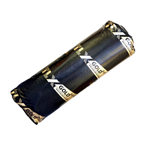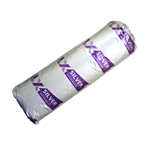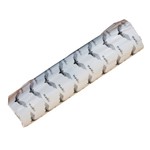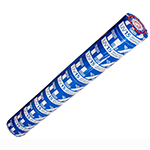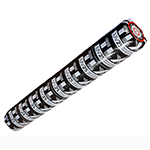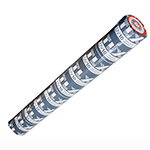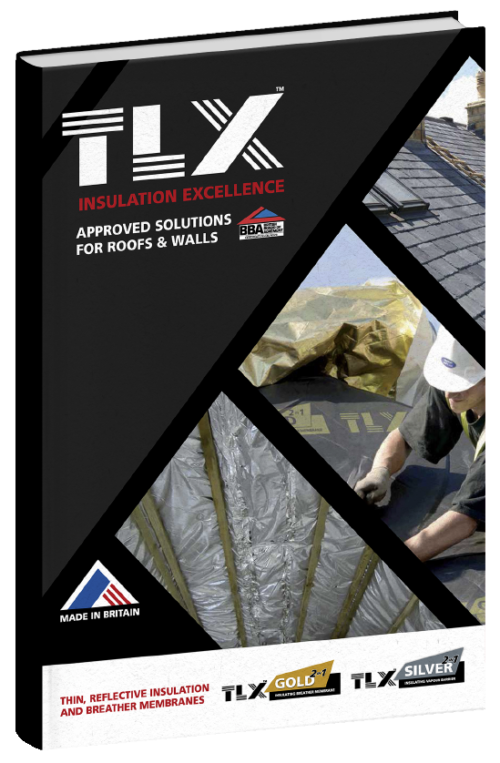Top reasons to use Multifoil insulation with air gaps
2 Minute read
-
When used effectively, still air can be a very good insulator
-
In the below, we detail the different scenarios which dictate whether to use a ventilated or non ventilated air gap
Air gaps are confusing?
There’s an awful lot of confusion about air gaps. They’re integral to the way multifoil insulation works. Yet there’s still uncertainty about how big they should be, and whether or not to ventilate.
Let’s start with the only situations (with between-rafter insulation) where you do actually need a 50mm ventilated air gap over the insulation…
- A loft conversion where there is a bitumen felt in place (Solution)
- A cold deck flat roof (Solution)
- A boarded roof with plywood sheet providing structural strength over the rafters (Solution)
What all these have in common is that there is a moisture-impermeable layer over the rafters that does not allow the escape of water vapour. And this would cause condensation if it were not ventilated. So BS5250 (Control of Condensation) advises that there should be a ventilated space beneath these impermeable layers, with free flow of air from eaves to ridge, plus a vapour barrier on the warm side to further prevent the escape of water vapour into the rafter space.
Non ventilated = increased thermal performance
In situations where you have a breather membrane in place over insulation between the rafters, although the tile batten space over the breather membrane needs to be ventilated, any gaps below should not be ventilated. This is because these unventilated gaps actually contribute to the thermal performance, as still air is a good insulator.
Do you need a 25mm air gap under the membrane? Although this is standard practice, it is not a requirement. The important thing is that you should not push the drape in the breather membrane (which allows any water getting through the tiles to channel down to the gutter) out.
Why Multifoil insulation works in this context
Multifoil insulation works by being air-filled materials. It also works by having unventilated air gaps adjacent to their shiny outer surfaces to reflect heat.
The thermal resistance (R value) of a layer of still air R can be calculated and used in a U value calculation just as with conventional insulation materials. If the air gap is narrow, then there won’t be convection currents transporting heat across it. Plus, if one of the adjacent surfaces is shiny then radiant heat will reflect. For example, a 20mm air gap next to the shiny outer surface of TLX Silver can have its R value enhanced by a factor of 3 (BS EN ISO 6946 calculation method). And the air comes free!
Unventilated is key
Don’t forget that you do need to make sure that the air gaps are unventilated. So in the case of TLX Silver multifoil insulation used under the rafters this means battening it securely to the wall, and sealing the joins with tape. With TLX Gold insulating breather membrane an upstand of insulation is required at the eaves to block off the gap between it and the insulation below.
In Summary:
- A ventilated space = cold air from outside carrying away moisture from inside the house. But is always on the outside of the layers of insulation
- An unventilated air space contributes to the insulation buildup
Sample Pack Request
Error: Contact form not found.

